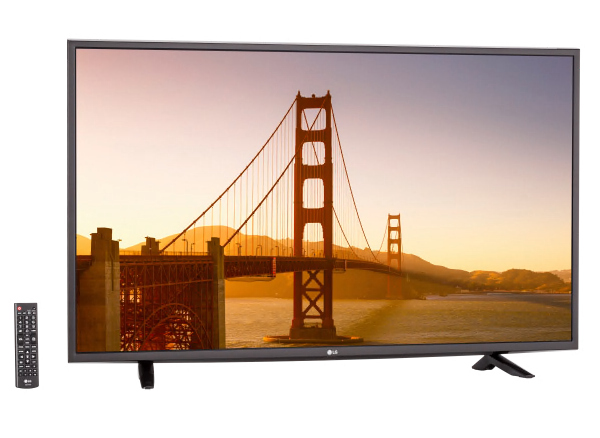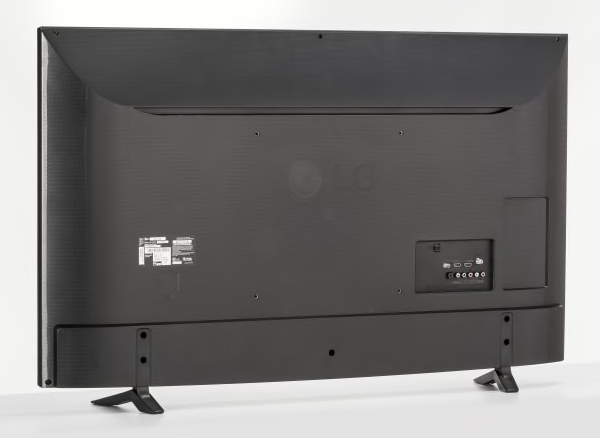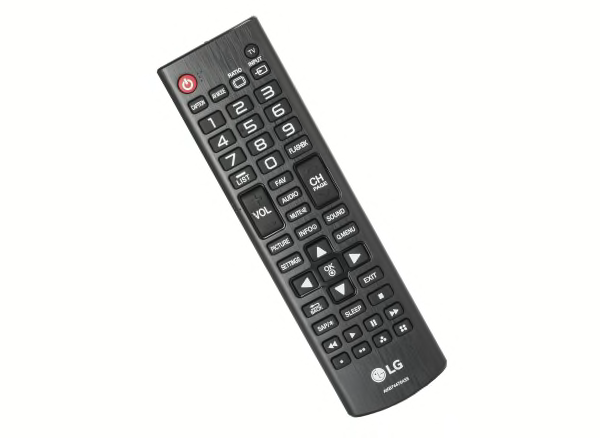HD PICTURE QUALITY. HD picture quality was very good. It did an excellent job displaying the finest detail of HD content. Lack of contrast gave images a flatter appearance with little depth. Brightness level was only fair, dimmer than most, not the best choice for a brighter room. Black levels were only fair with darker areas of the image looking unnaturally illuminated. Dark scenes, in particular, were lacking in contrast and looked hazy. In scenes with subtly shaded light-to-dark areas, such as a sky during sunset, the model did a very good job producing a smooth transition without distinct, coarse bands. There was slight display non-uniformity that created brighter cloudy areas most noticeable on very dark scenes (or in the black bars of a letterboxed movie). We routinely see this issue with LCDs and severity can vary from model to model. The deinterlacing and film mode operations were excellent on HD content; there was little or no trace of jaggies on the edges of objects for video and film-based 1080i video content, such as from cable.
VIEWING ANGLE. This LG has a wide viewing angle overall, better than that of most TVs. It will provide the same picture quality, with fewer problems than most TVs, for typical viewing conditions -- say, if your family is seated across a long sectional or in chairs off to the sides. The picture did show some dimming from the sides but not to any point we found distracting. With dark scenes this model didn't fare quite as well. When viewed from the sides, the depth of black levels varied depending on the vertical position of the viewer's head. As we moved closer to the screen this limitation became even more apparent, especially if seated on the floor looking upward where black levels brightened significantly.
MOTION BLUR. This LG TV has only fair motion performance, with significant blurring on our motion tests. This is typical of LCD TVs with the basic 60Hz frame rate. This model does not include a blur reduction feature. The visibility of blurring on typical program content is often subtle and may not bother most people, but keen-eyed viewers may detect some loss of texture and detail on scenes with movement.
SCREEN REFLECTIVITY. Though not as mirror-like as on some models, this screen surface is glossy and therefore susceptible to reflections from a nearby lamp or window. It does a good job reducing glare from ambient light and maintains contrast in a brighter room environment.
SOUND QUALITY. This model has fair sound quality with below average performance. It's acceptable for typical programming, but shortcomings become obvious with movie soundtracks and music. Bass was lacking, treble lacked detail, and the overall sound was thin and closed in. The speakers produced a good volume range so this model should play sufficiently loud in typical room environments, but quality does degrade at the highest settings. Also, at higher volume, dynamic compression kept the sound from distorting, but also limited the clarity of peaks in loudness, which can be distracting on some audio content. If sound quality matters to you, you might want to add a soundbar or other external speaker system.
EASE OF USE. The dark labeling of the connectors on the TV console is very difficult to read. On first power up there is an on-screen guide that helps you through setting up the TV. It lacks the ability to add custom labels to different input sources. It includes a traditional IR, button keypad remote.
INTERNET FEATURES. This TV does not have access to the Internet.
CONNECTIONS. This model has two HDMI inputs and one "component/composite shared" input (which means you can only use one type or the other at a time) one USB port. Note: HDMI and other cable connections made to the rear-facing panel will protrude beyond the panel's slim depth.
INCLUDED IN THE BOX. A quick start guide. A remote control with batteries. No printed manual is included. Power brick.
ABOUT ULTRA HD TESTING: We test UHD picture quality using 4K movies, videos, photos, and test patterns to confirm these displays deliver performance to this format's full potential. We check the TV's ability to reproduce 4K image detail, as well as high dynamic range (HDR) for TVs that support this capability. Image quality is tested using a 4K movie player connected to the TV's HDMI input, as well as from files stored on flash drive plugged into the TV's USB port. We also check the quality of 4K streaming from Netflix or YouTube (if the service is supported by the TV), and how well the TV can upscale HD movies to the display's higher UHD resolution while keeping artifacts such as "jaggies" along the edges of image content to a minimum. The best UHD TVs, and HDTVs, present high fidelity images that reveal the full quality of the best source content without degradation.

























